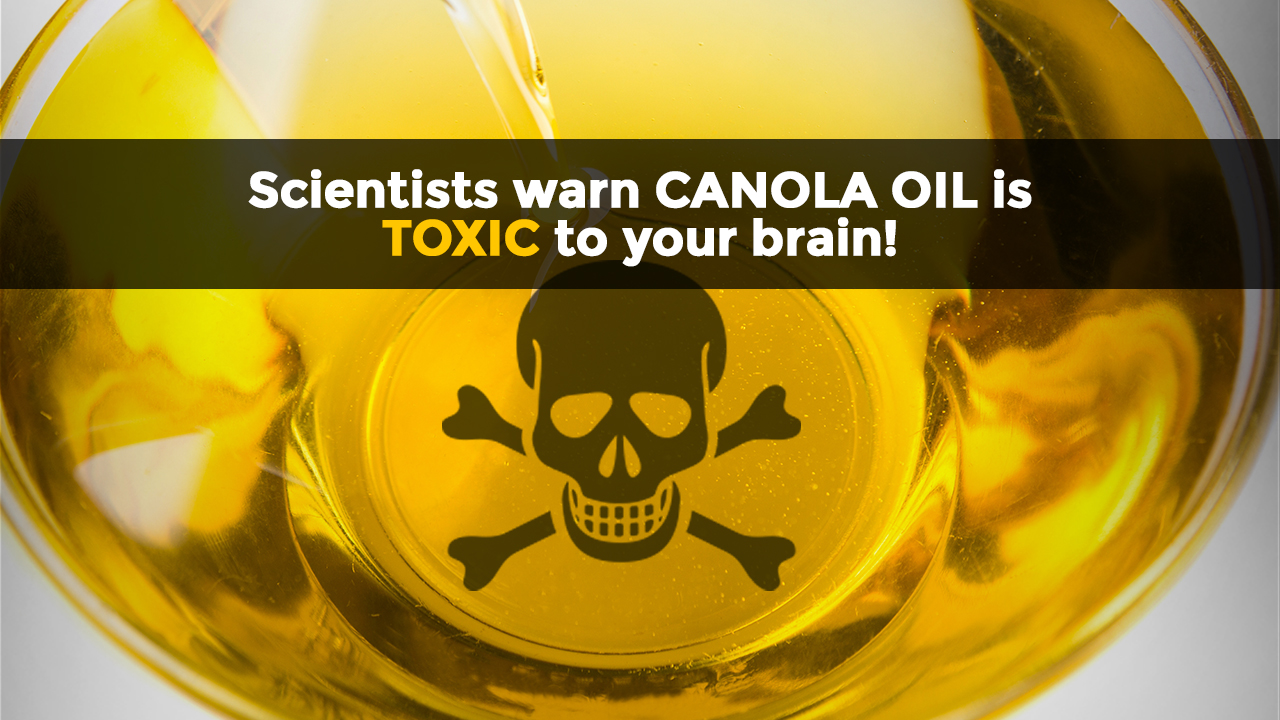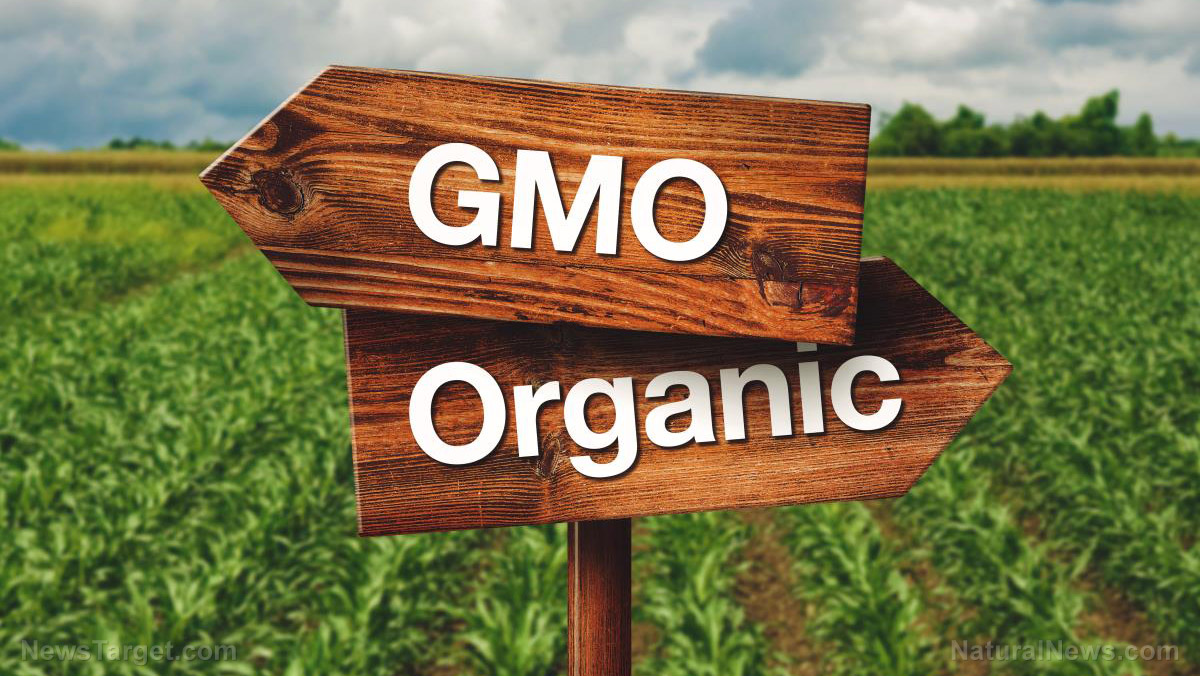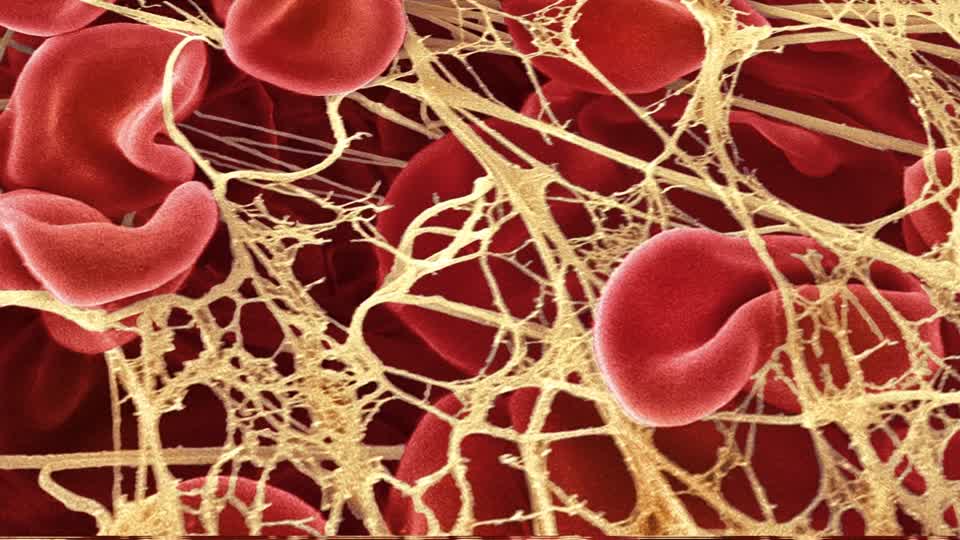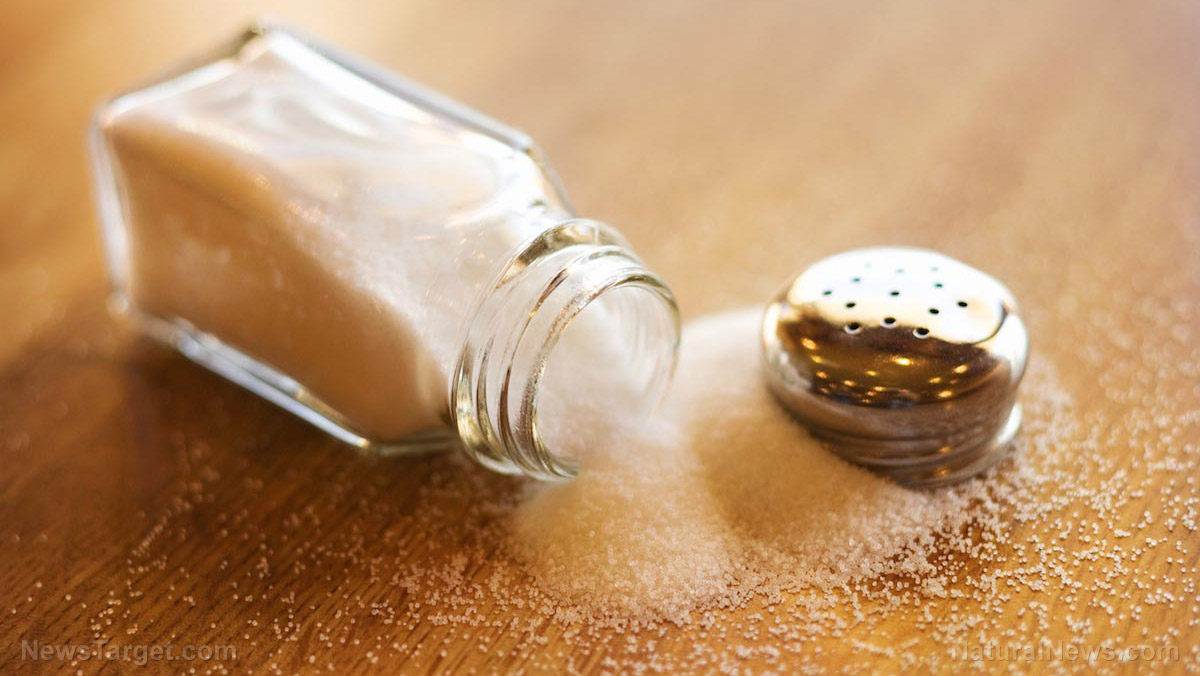Top 10 foods that naturally promote beautiful skin
09/03/2015 / By Carol Young
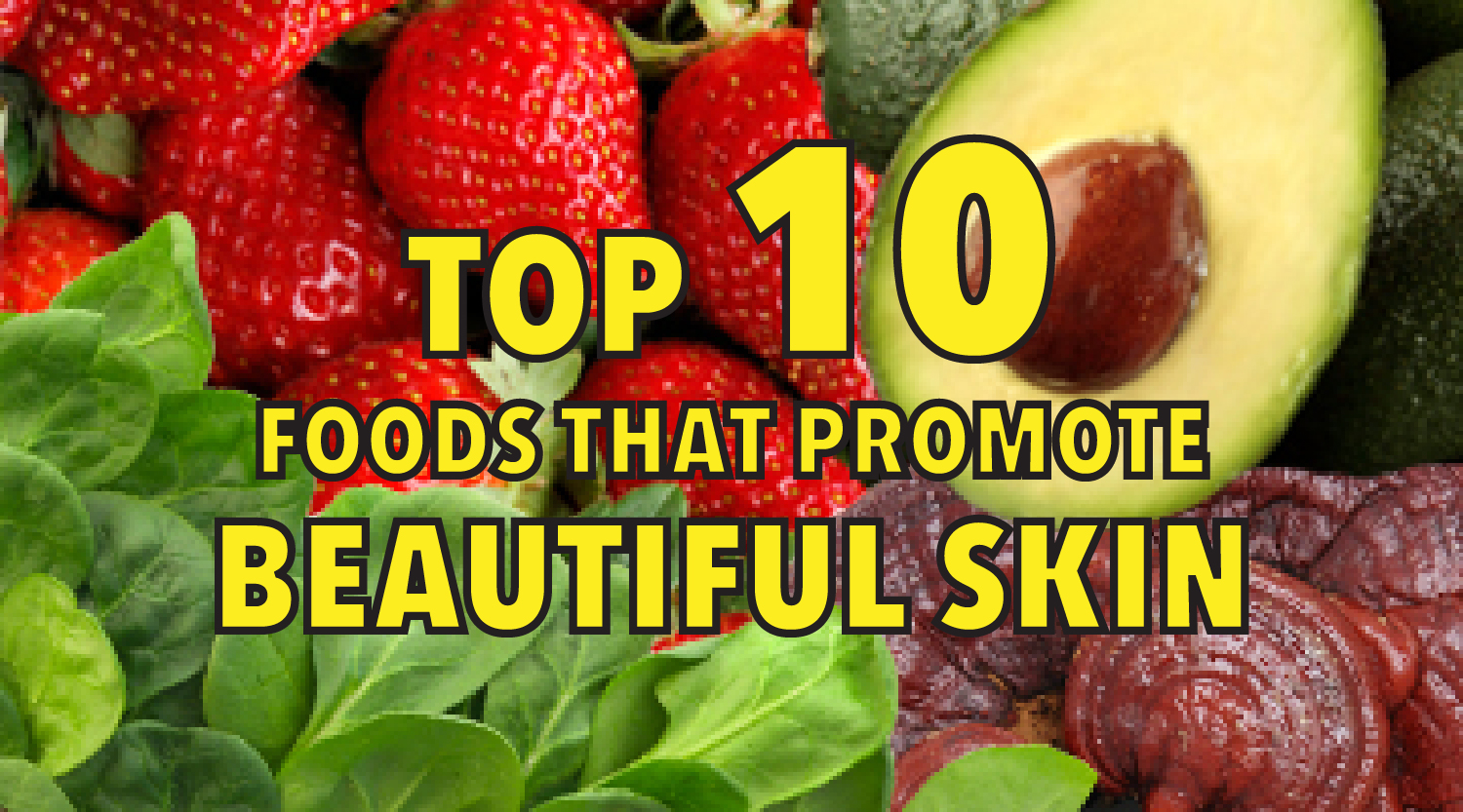
Beautiful skin is often a roll of the genetic dice. Aside from the skin we were born with, our diet plays one of the largest roles in our overall complexion. The nutrients that we feed our body can dramatically improve our natural glow. In our society, people (who have the means) often turn to retinoids, microdermabrasion, laser skin resurfacing, botox and filler injections.
Not only are many of these procedures unsafe, but they will also not measure up to the benefits of eating a nutrient-rich diet. Over the course of one’s life, the food you eat is one of the best resources your body has to improve the complexion and elasticity of your skin.
As George Orwell famously wrote, “At 50, everyone has the face he deserves.” There are foods you can eat that will naturally promote beautiful skin. They are full of nutrients such as zinc, selenium, vitamin E and omega-3s – these will naturally banish acne, improve dry skin and reduce redness. You will find many other benefits in our top 10 list of foods to promote beautiful skin.
Astaxanthin
This dark red powder is a carotenoid that some are calling a “super nutrient.” It has multiple benefits for the sckin (including putting antioxidants into the skin), the most interesting of which is that it works as a natural sunscreen. Its photoprotective benefits helps the skin by preventing damage if astaxanthin is taken before sun exposure. There are also topical versions of astaxanthin that can be applied to the skin to help it heal faster after sun damage. Some studies have shown that astaxanthin can help wrinkle reduction, skin smoothness, skin moisturization and elasticity – which also makes it a potentially wonderful anti-aging product.
Stay up to date with the latest stories about astaxanthin at Astaxanthin.news, powered by FETCH.news.
Strawberries
A study published by the The American Journal of Clinical Nutrition found that higher intake of vitamin C improved the appearance of wrinkles and age-related dryness. The study examined the dietary intake of women between the ages of 40 and 74 years old, and skin aging was determined by the appearance of wrinkles, dryness and skin atrophy. Vitamin C can protect against free radicals which contribute significantly to aging. Strawberries are full of vitamin C, and five large berries contain nearly 59 milligrams of vitamin C, or nearly 98% of the recommended daily amount.
Avocados
Avocados can nourish dry skin from the inside out. They are full of healthy fats and vitamin E. The antioxidant properties of vitamin E can protect against free radicals from pollution, processed foods and sun exposure. Vitamin E is fat-soluble, which means it is dissolved in lipids (fats); it is absorbed by fat globules and travels through the lymphatic system and then into the circulatory system. Fat-soluble vitamins tend to store in the body tissues and remain there. It is best to eat natural food sources of vitamin E rather than take a capsule of it. Not only are avocados full of vitamin E, but they are also a good source of moisturizing monounsaturated fatty acids such as oleic acid. Oleic acid is an omega-9 fat which can redness and irritation in the skin.
Walnuts
Walnuts are high in omega-3s which can regulate overexposure to cortisol levels. Cortisol is often known as the “stress hormone” but was also referred to as the “aging hormone” and the “stupid hormone” because of its role in memory dysfunction and association with fat deposits. Cortisol plays an important role in the animal kingdom: Landlocked salmon have increased cortisol during migration, and cortisol can play an important role in adaption. However in humans, cortisol levels can be raised by everyday stresses such as low-frequency noise from traffic and air pollution. Omega-3s are known to help greatly in lowering cortisol levels. Walnuts can also provide moisture to the skin which can help with skin repair and flexibility.
Sweet potatoes
The beta-carotene found in sweet potatoes is a powerful antioxidant that can alleviate certain types of photosensitivity (sun allergy) and also acts as a mild sunscreen. As an antioxidant, beta-carotene protects the body from free radicals. Eating beta-carotene in moderation can give your skin a glow which studies show is perceived as healthy and attractive. Eating excessive amounts of beta-carotene can cause your skin to turn orange or yellow (carotenemia). Sweet potatoes are one of the best sources for beta-carotene.
Mushrooms
Mushrooms are a good source of zinc which can help sufferers of acne. People with acne often have lower levels of zinc, and sometimes all it takes to improve breakouts is a daily dose of zinc. If you have a zinc deficiency, try elevating this important trace mineral in your body by eating shiitake or crimini mushrooms, which have a very good rating on the World’s Healthiest Foods list.
Tomatoes
Tomatoes contain selenium, which is a powerful antioxidant that can protect against sun damage and age spots. Selenium can also delay aging by protecting the skin’s elasticity. Tomatoes are also a great source of lycopene, another antioxidant which can prevent aging caused by sun damage. The body absorbs lycopene more easily when it has been heated, so sun-dry or cook your tomatoes for better lycopene absorption.
Green tea
There are many varieties of Japanese and Chinese green tea. Tea is rich in polyphenols which are associated with anti-aging and many other health benefits. Green tea is also known to soak up free radicals and reduce inflammation. Cosmetic products may be marketed for having green tea extracts, but the best way to benefit from green tea is simply by drinking it more often.
Mustard greens
Skin problems may be surfacing because of toxins that are not being processed well in the liver. This is another reason why cosmetic procedures are not the best way to treat skin problems. Some foods will help your liver move out toxins and heavy metals that can cause the skin to look dull. Mustard greens are great sources of vitamin A, which is important for healthy skin.
Spinach
Spinach will strengthen your skin tissue, which is what makes the skin glow. Its anti-inflammatory properties can also help flush out toxins that can lead to dull and uneven skin tone. The antioxidants in spinach can also help slow down aging, ease redness and protect your skin cells from free radical damage.
Bonus food you may have not considered…
Nettles
Nettles can be eaten when they are cooked or even raw as long as you fold the leaf in such a way that they will not sting you. They are high in iron and have been used to treat skin problems such as eczema. You can also drink nettle tea if you do not have wild nettles growing in your garden.
Sources:
Submit a correction >>
Tagged Under:
aging, antioxidants, beauty, functional foods, health, skin care, wrinkles
This article may contain statements that reflect the opinion of the author
RECENT NEWS & ARTICLES
COPYRIGHT © 2017 TOP 10 GROCERY SECRETS








